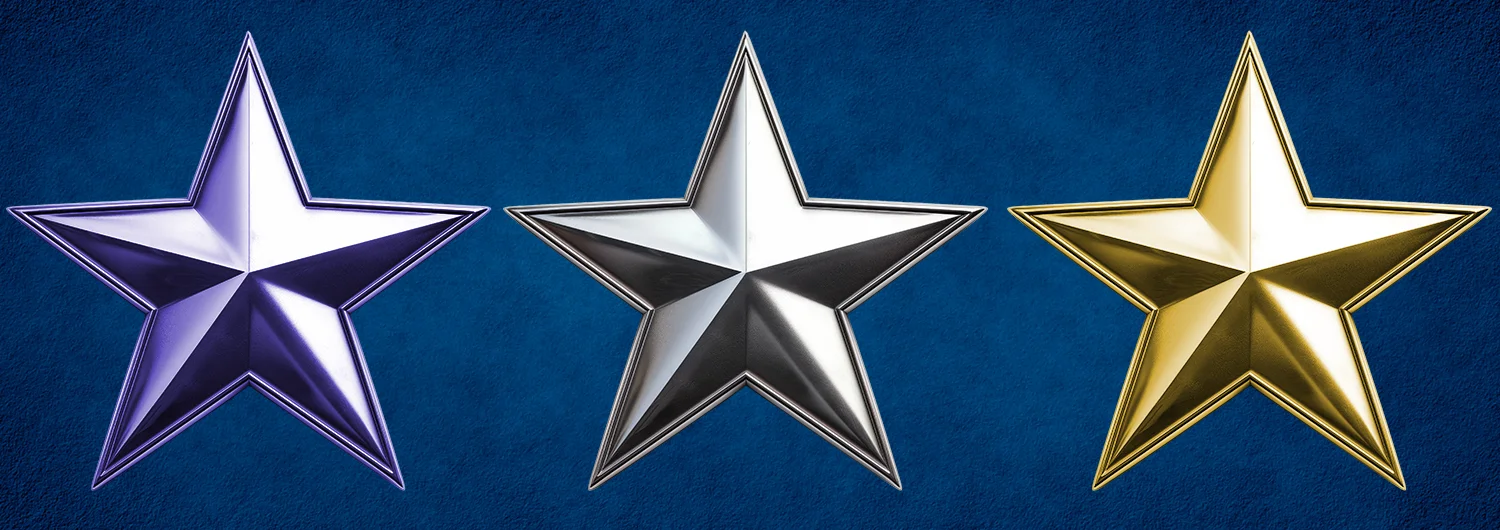
Origins of the Blue Star Symbol
The “Blue Star” symbol began around 400 BC when Alexander the Great made use of it as a sign of great heroism. The service flag we recognize today has origins that date back more than a century. During World War I, Captain Robert L. Queisser of the 5th Ohio Infantry created and patented the Blue Star flag design in honor of his two sons serving overseas. The flag soon became the unofficial symbol for a child in service with each star representing a family member proudly serving our country.
In 1917, an Ohio Congressman read the following into the Congressional Record: “The mayor of Cleveland, the Chamber of Commerce, and the governor of Ohio have adopted this service flag. The world should know of those who give so much for liberty. The dearest thing in all the world to a father and mother: their children.
During World War II, the Department of War issued specifications on the manufacture of the flag, as well as guidelines indicating when the service flag could be flown and by whom. Restrictions were also passed on who can wear the service lapel. The Department of Defense authorized the service flag and service lapel on December 1, 1967, with a Department of Defense Directive which implemented an act of Congress. The Blue Star Service Banner is a white field with one or more blue stars sewn onto a red banner. The size varies but should be in proportion to the U.S. flag.
Today, families display these banners when they have a loved one serving in the U.S. Armed Forces. Each Blue Star on a banner represents one family member serving and a banner can have up to five stars. A silver star is used if a loved one is injured in a war zone and a gold star indicates the individual was killed. In the event a flag represents multiple service members in the family, the Gold Stars are placed above the blue stars or to the top right of the flag.
Blue Star Service Banners were widely used during both world wars but were not embraced during the Korean or Vietnam wars with the same enthusiasm. The American Legion Veterans organization rekindled that spirit of pride in our military men and women following the September 11, 2001, terrorist attacks by providing banners to military families across the nation.
